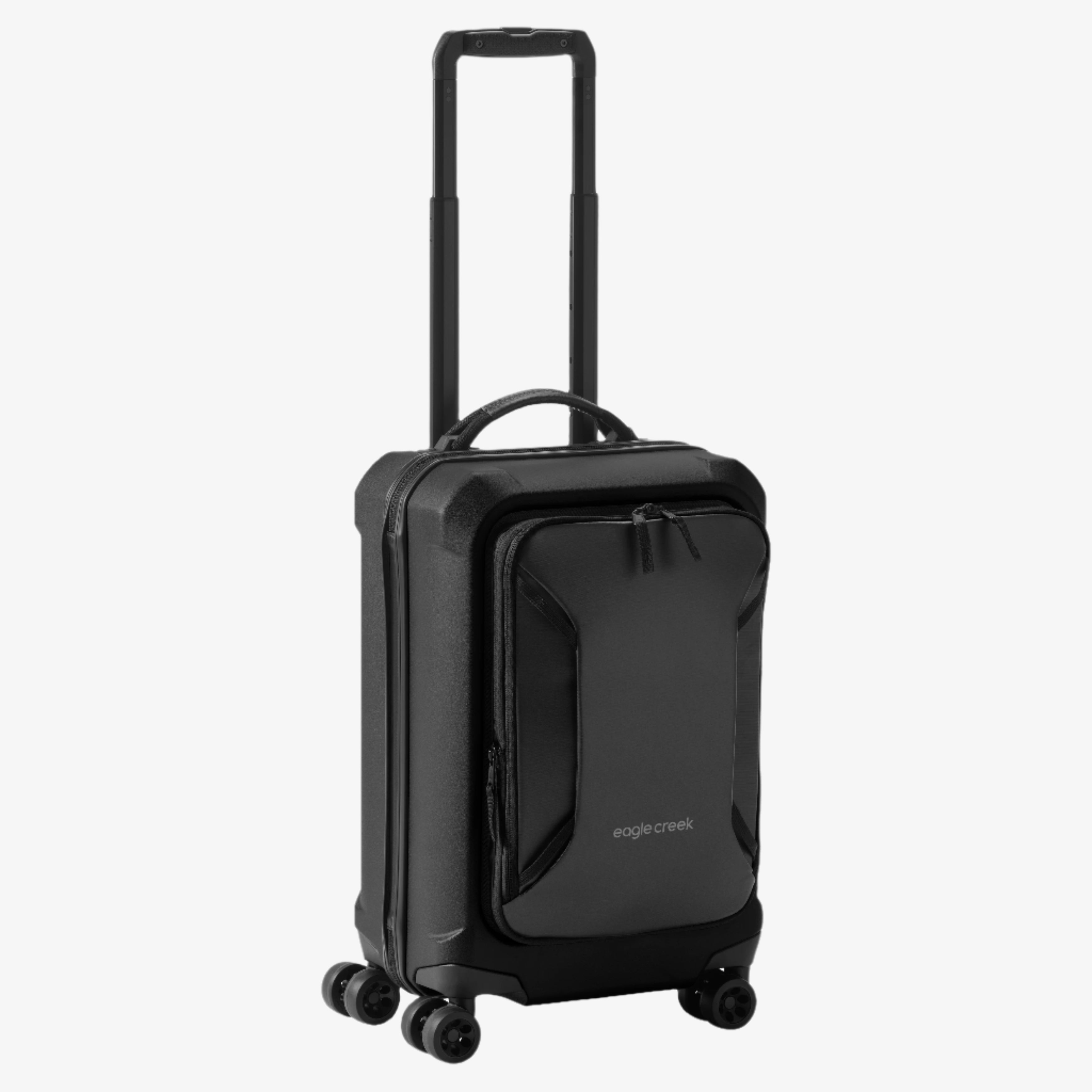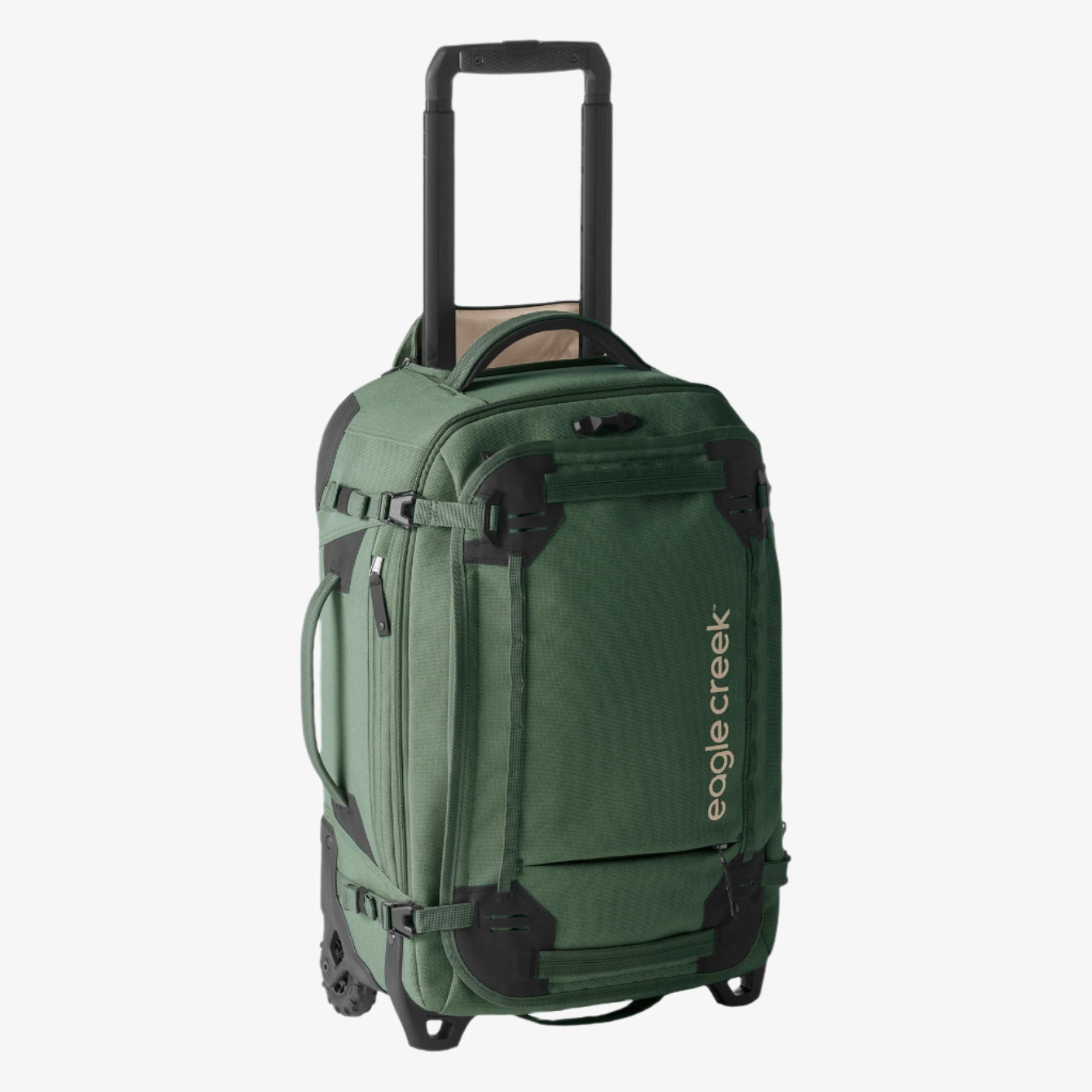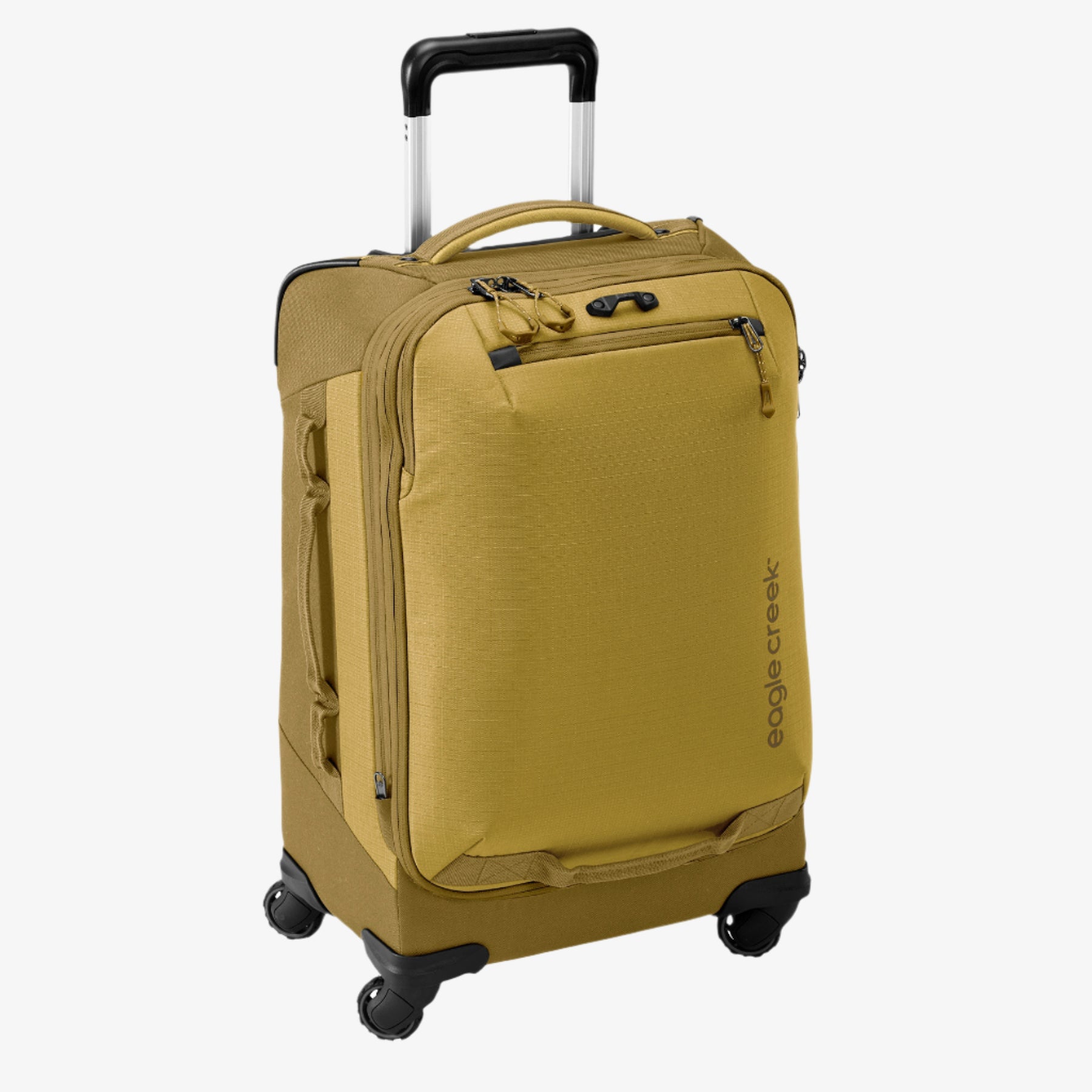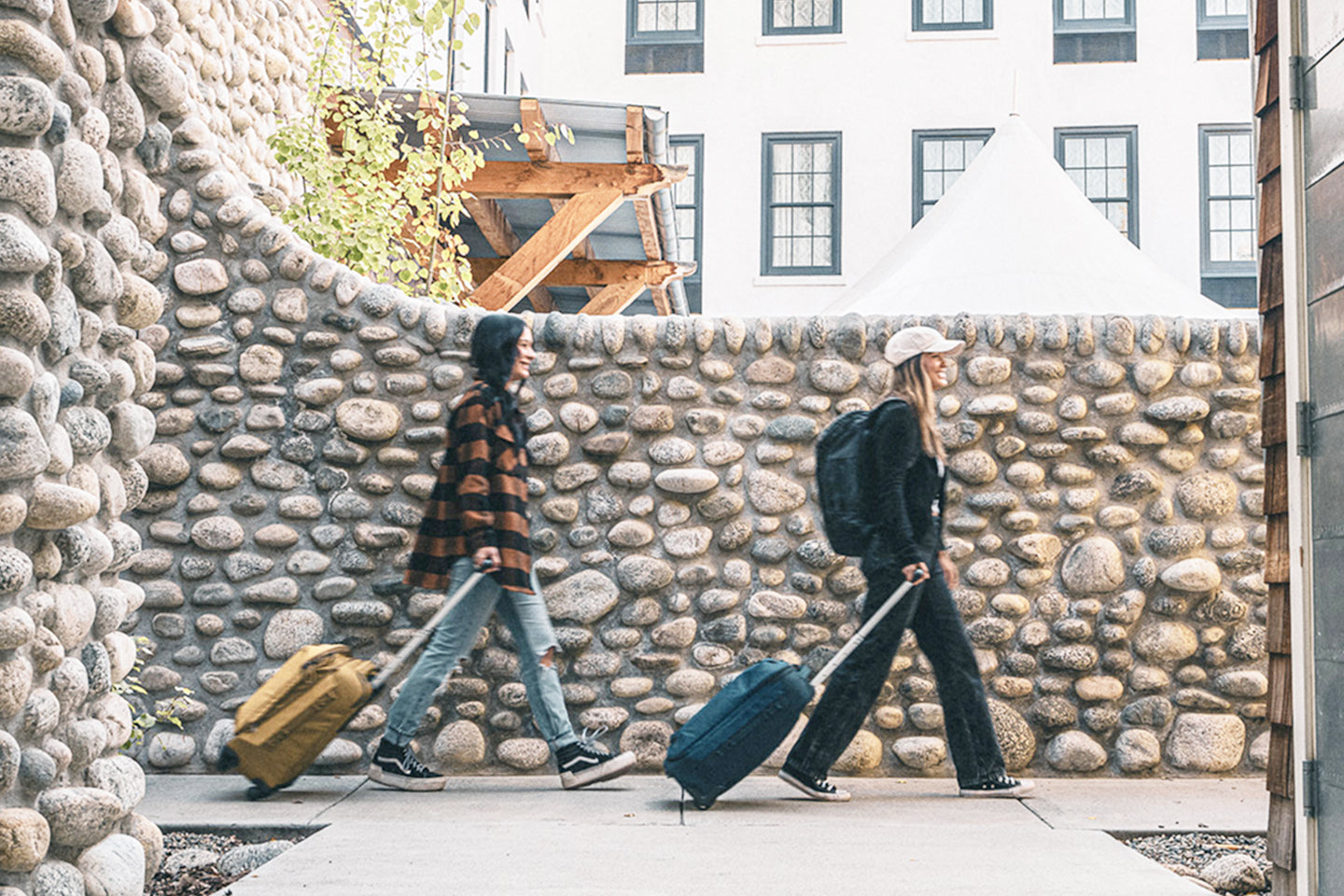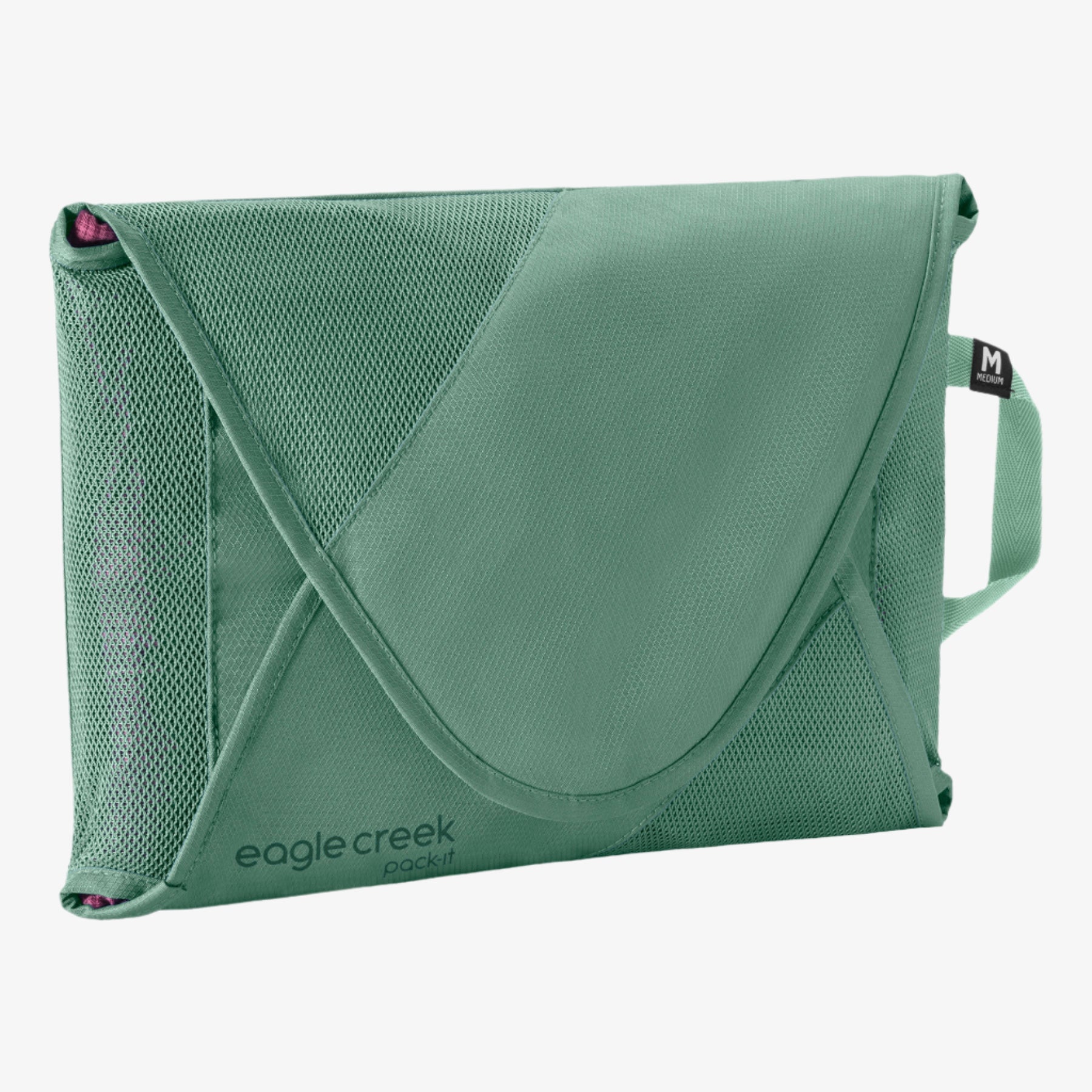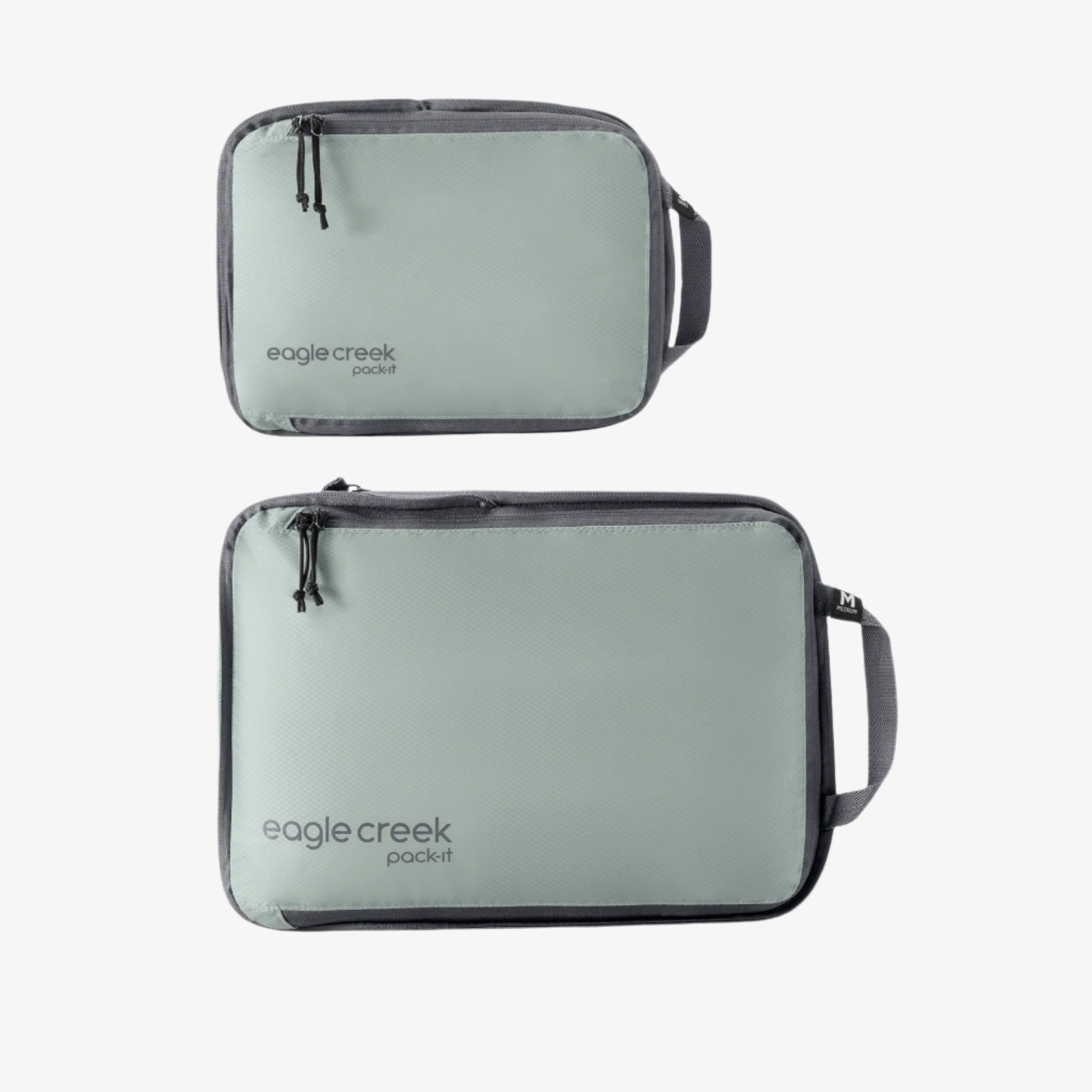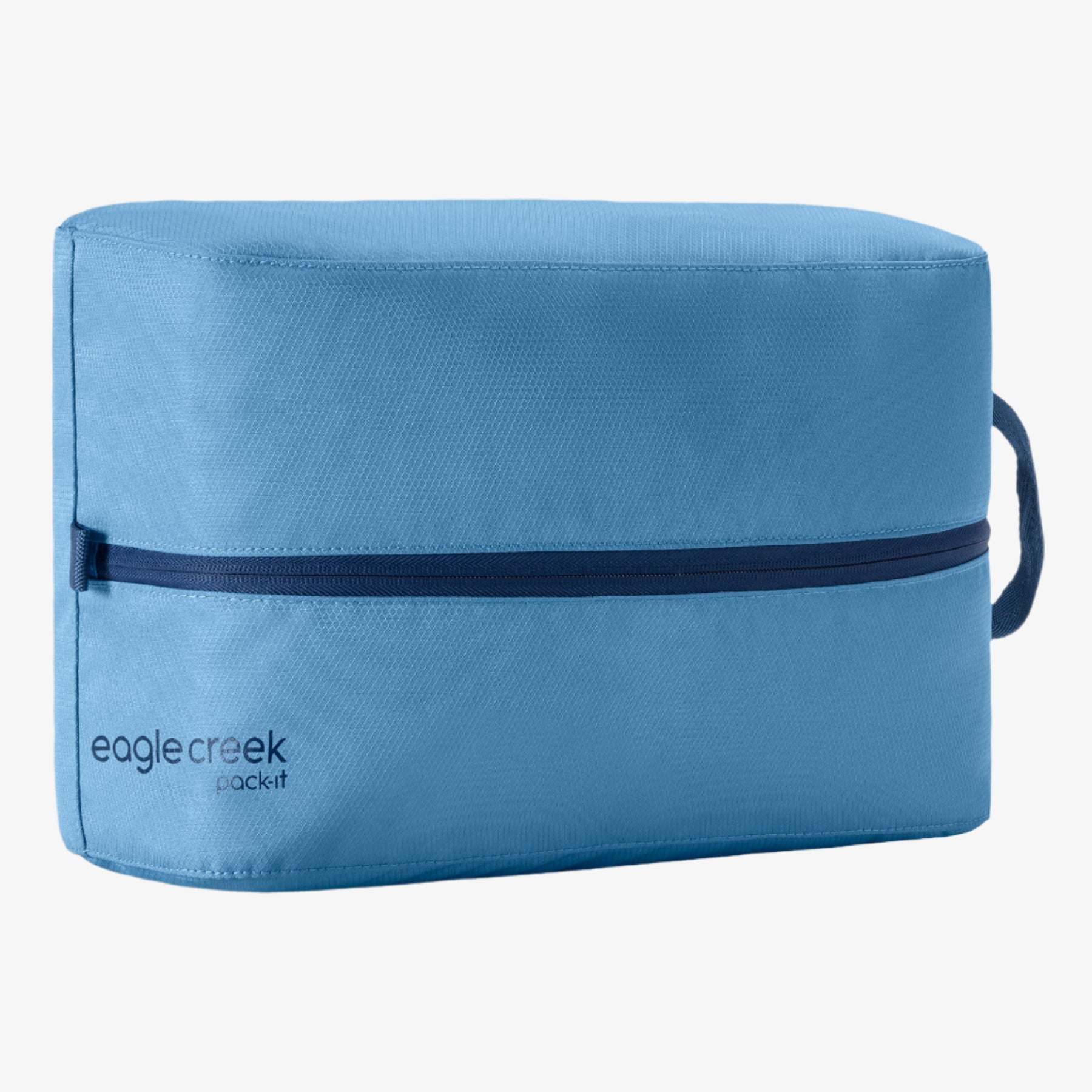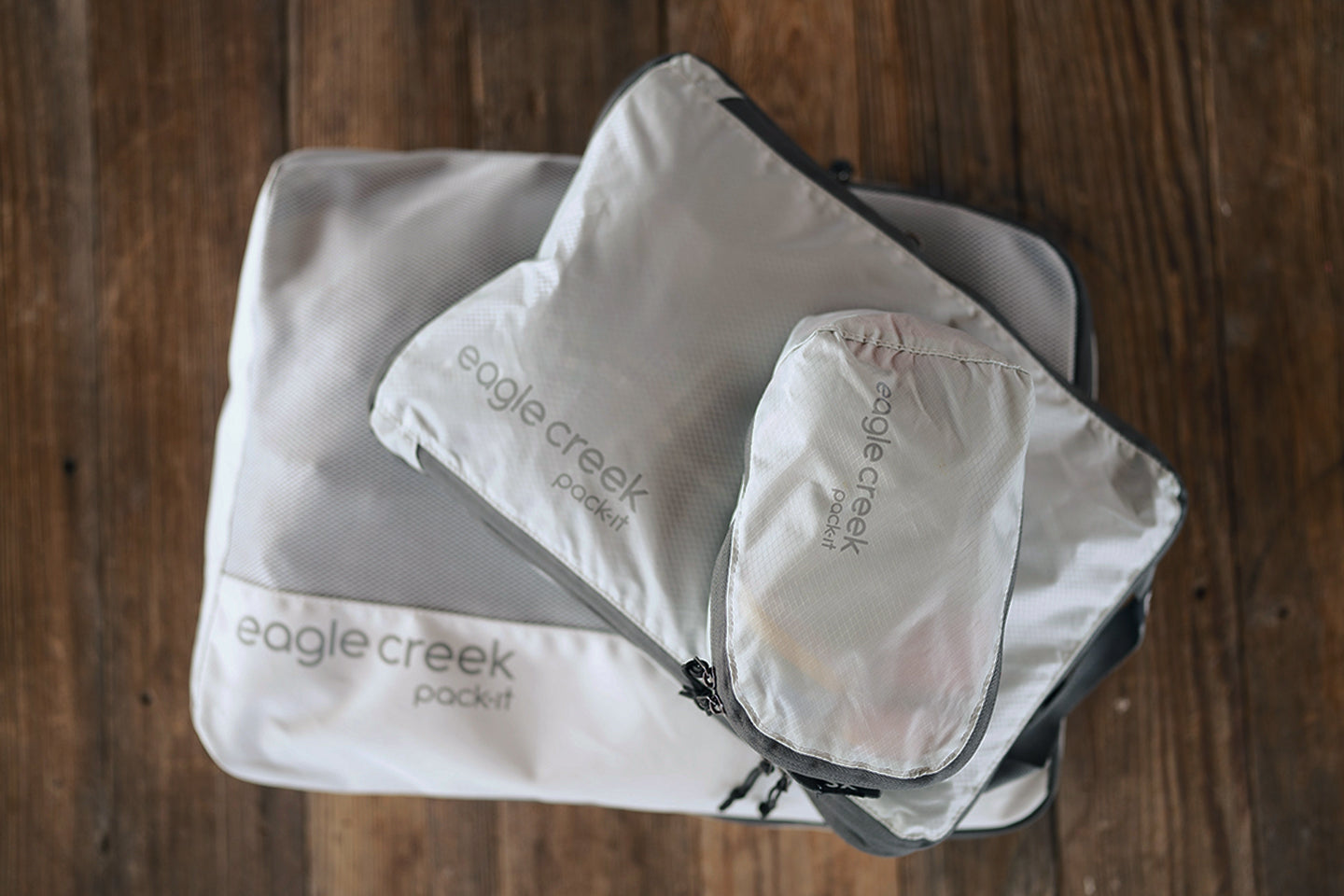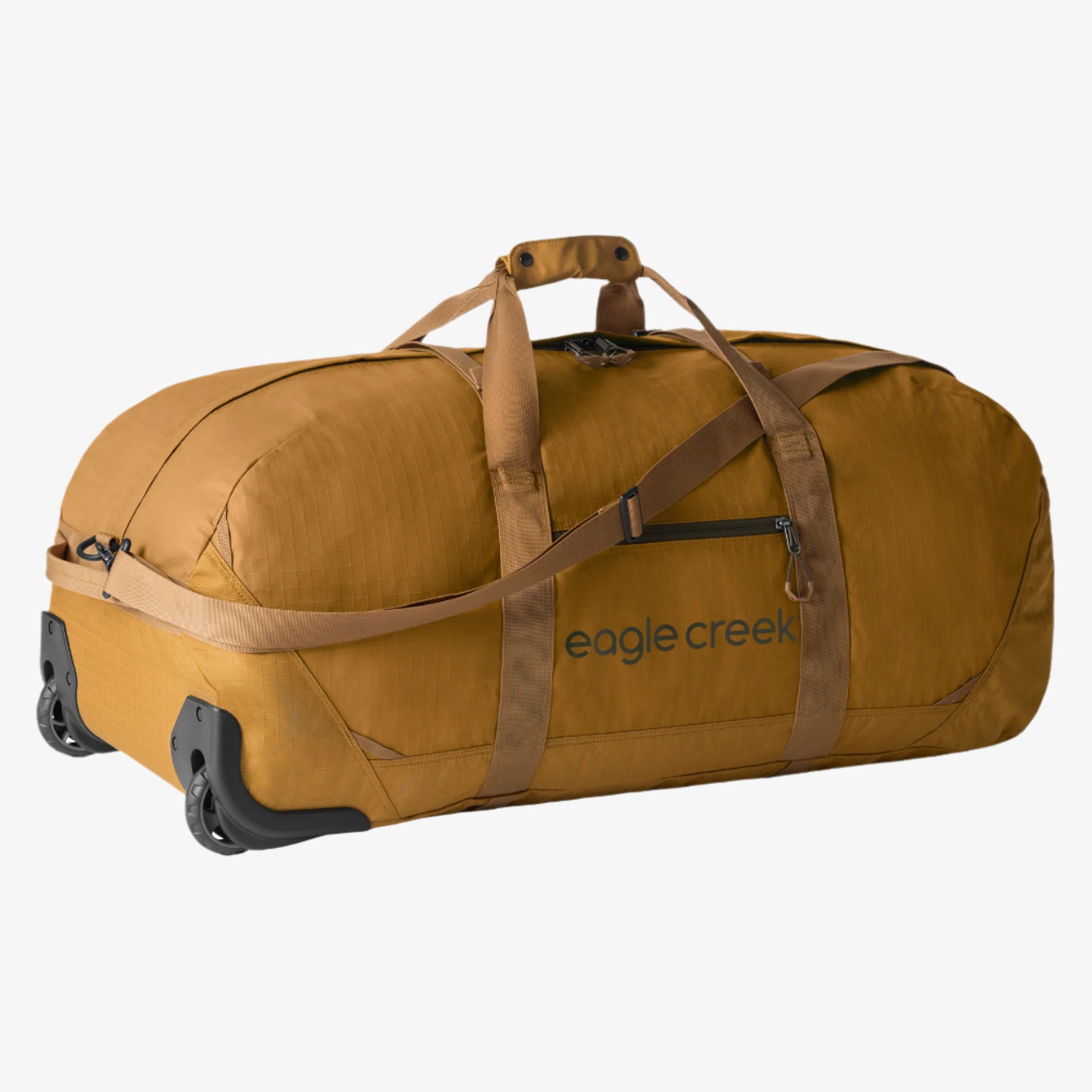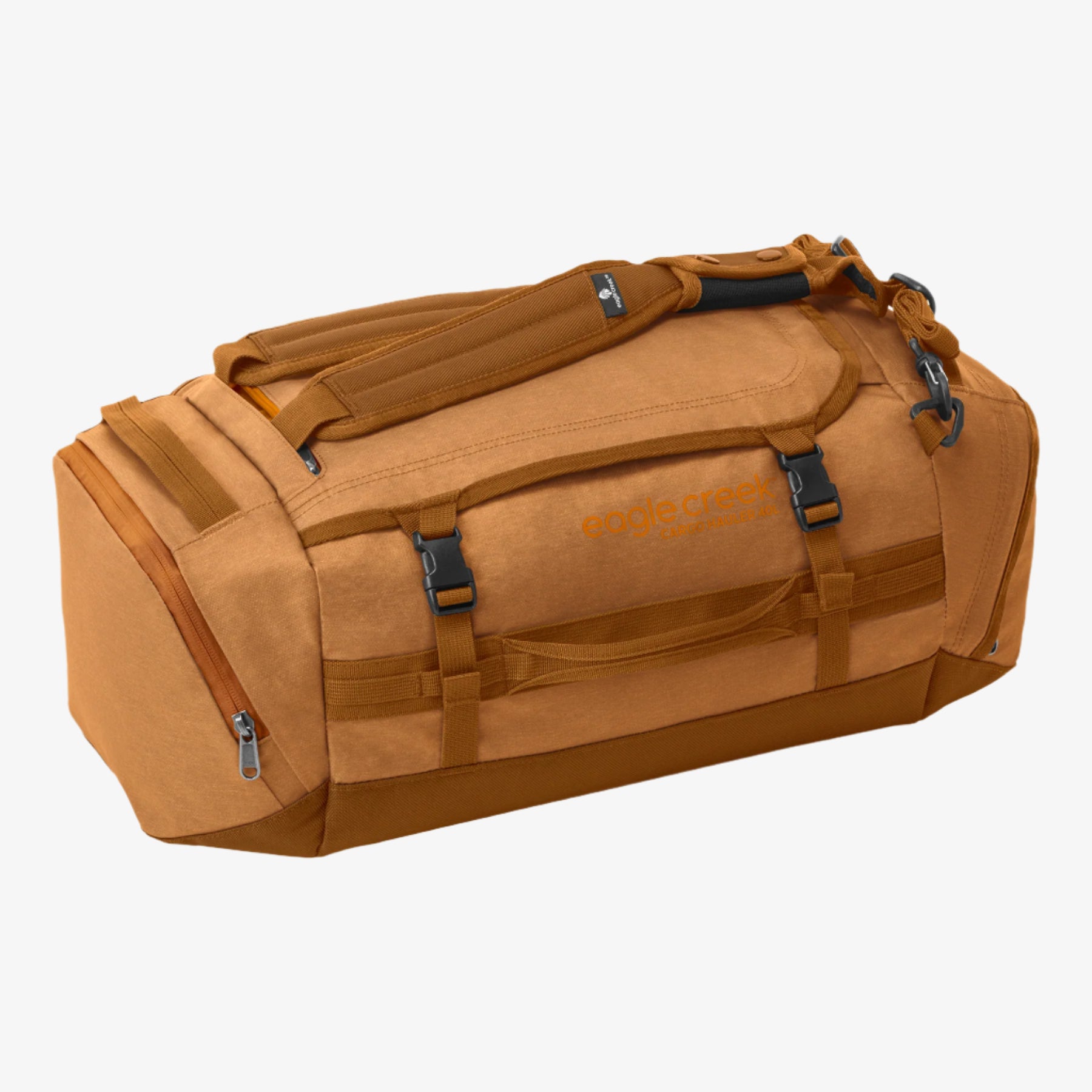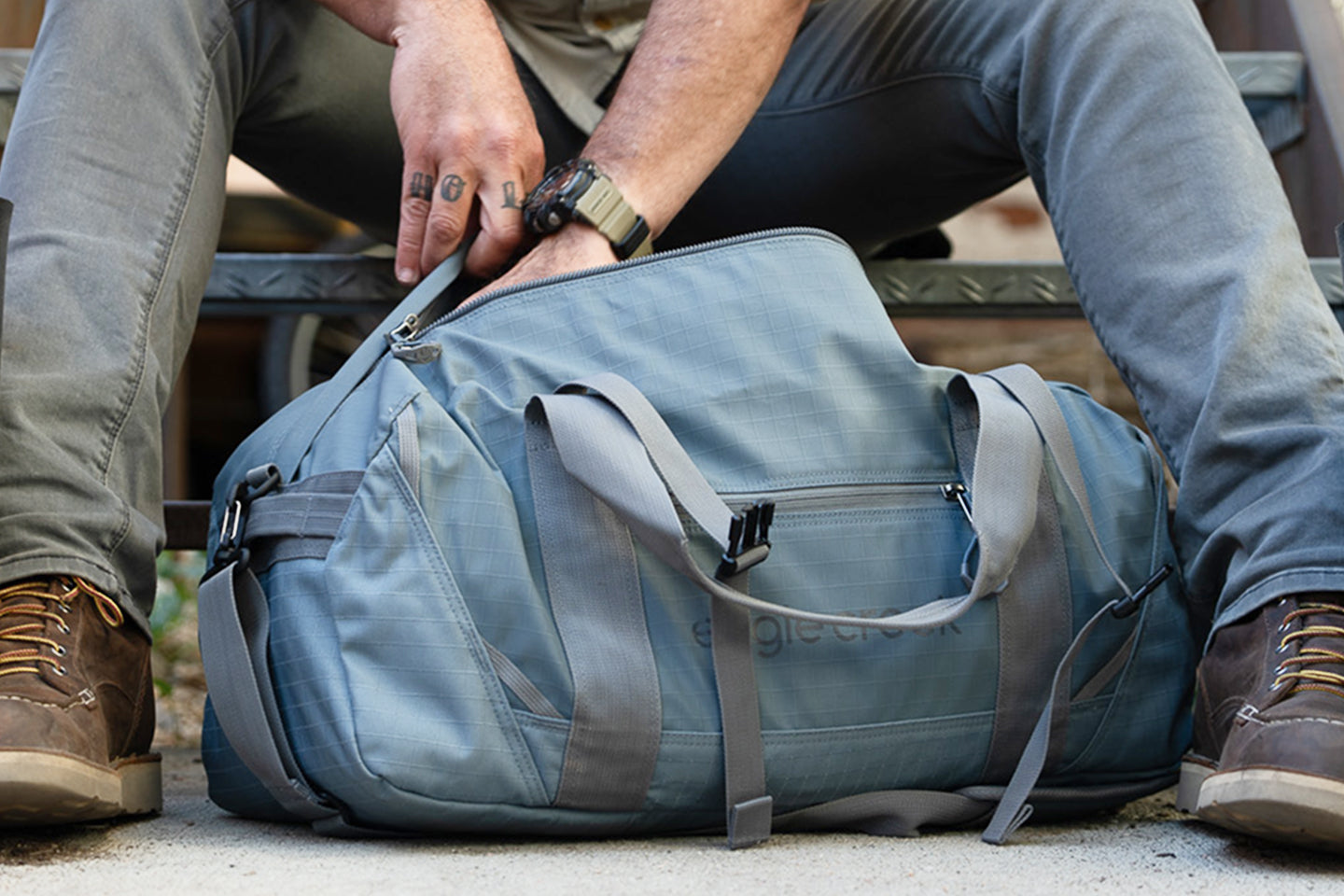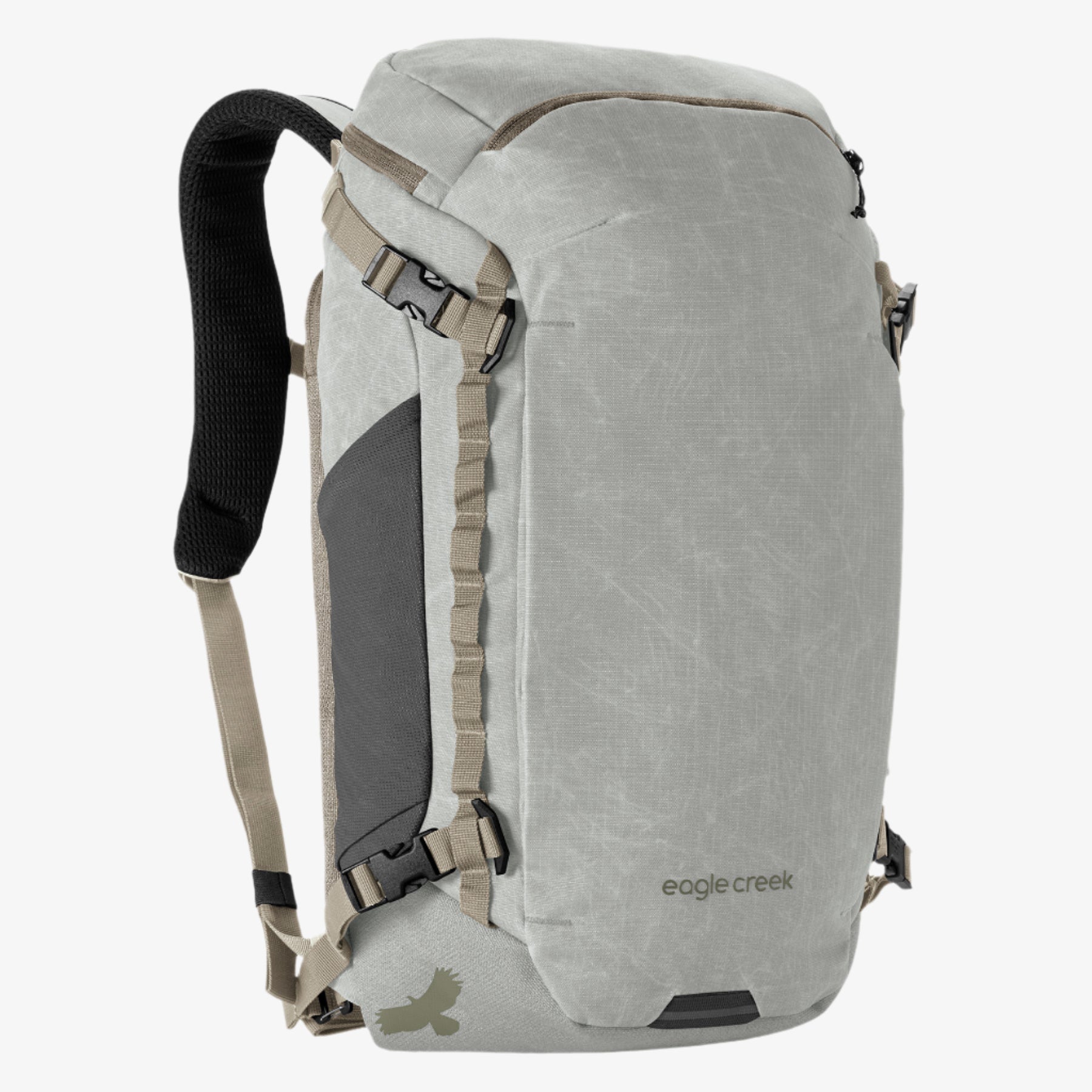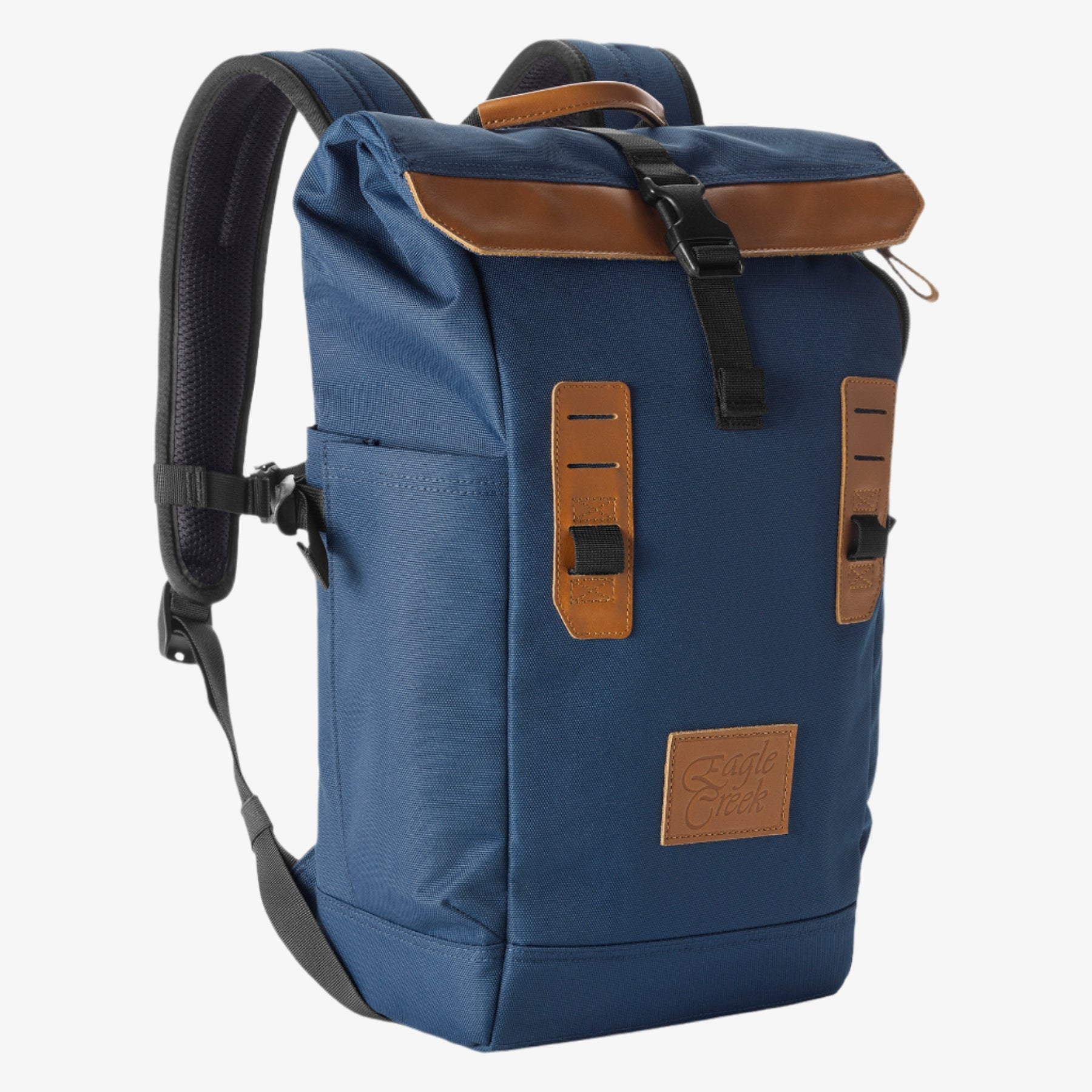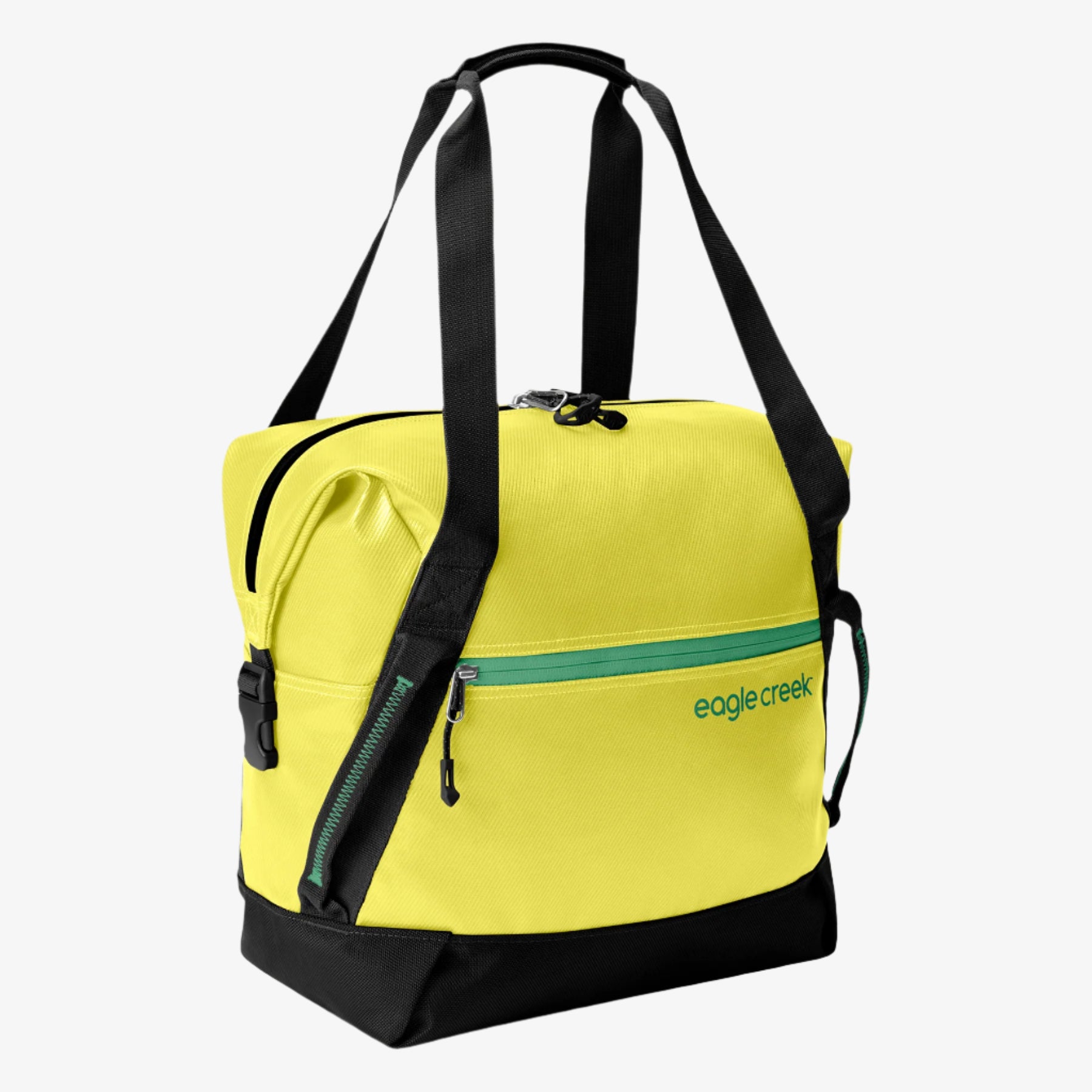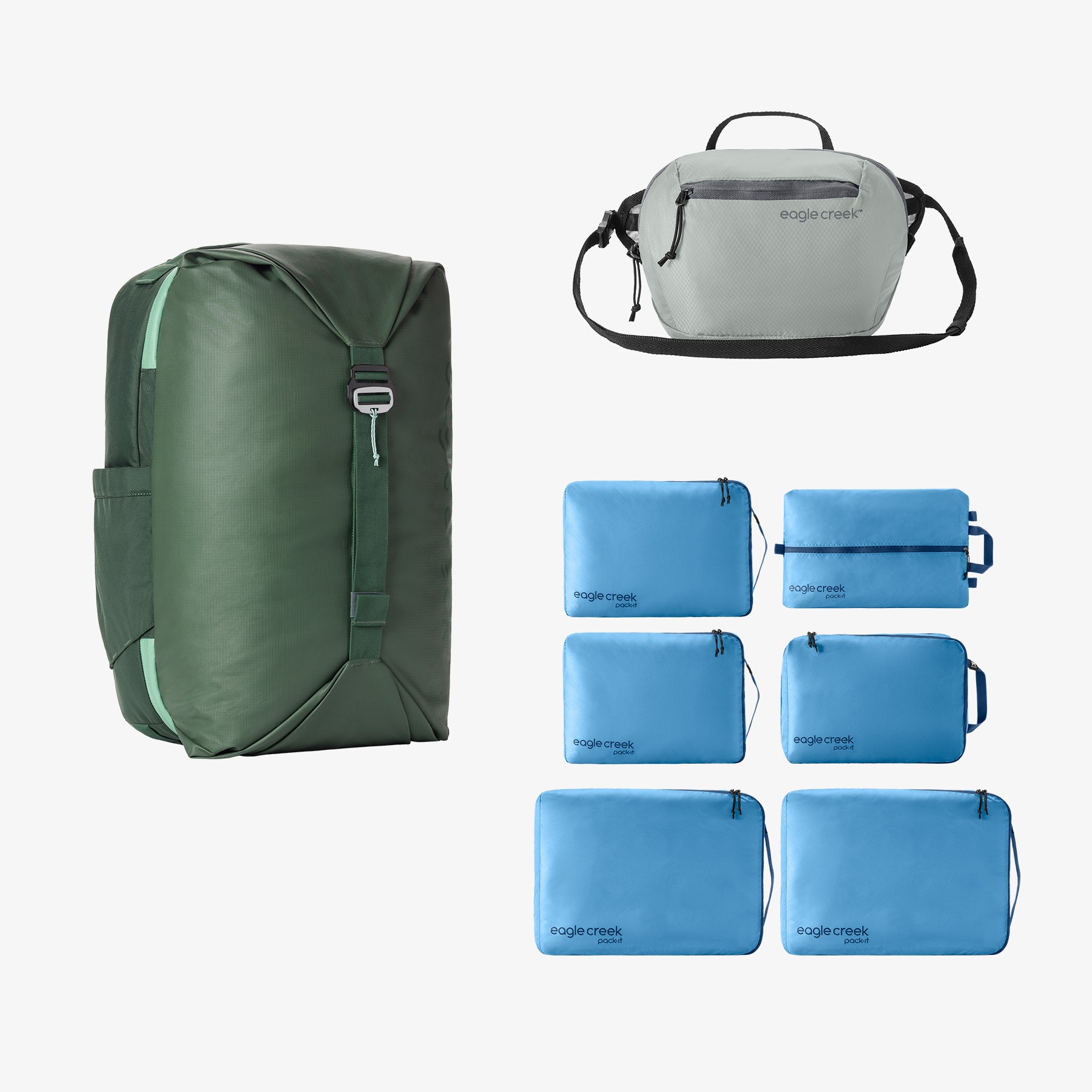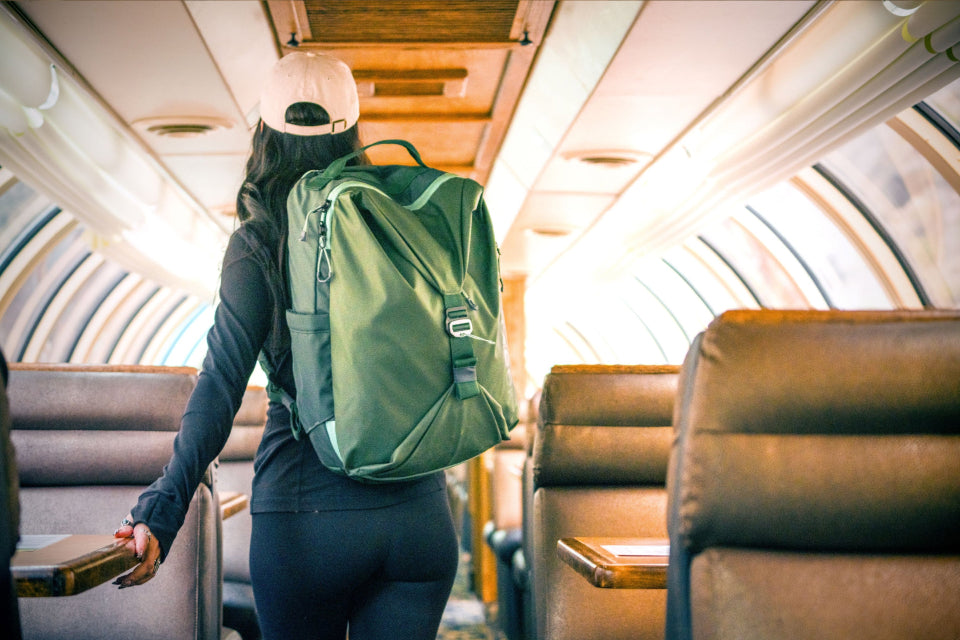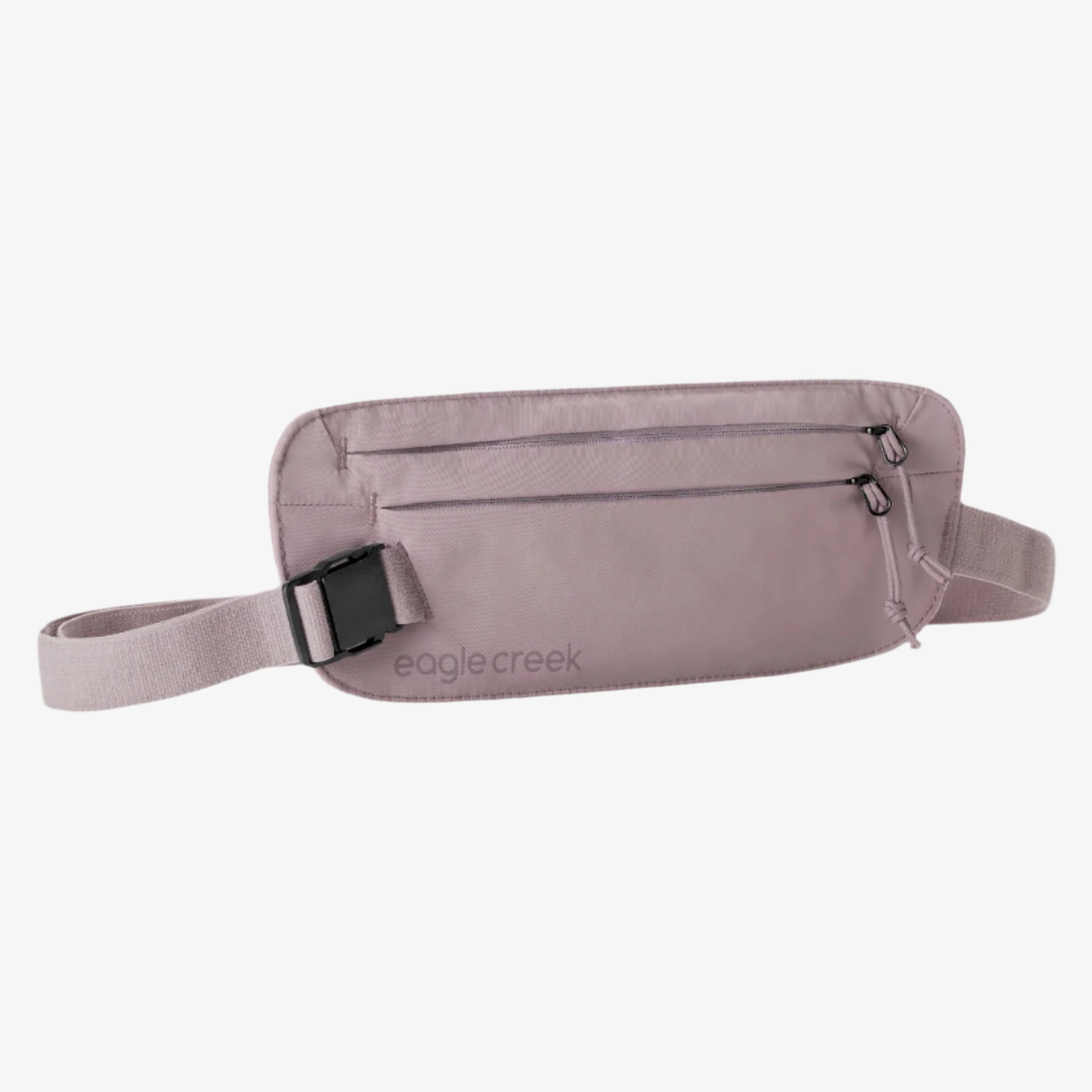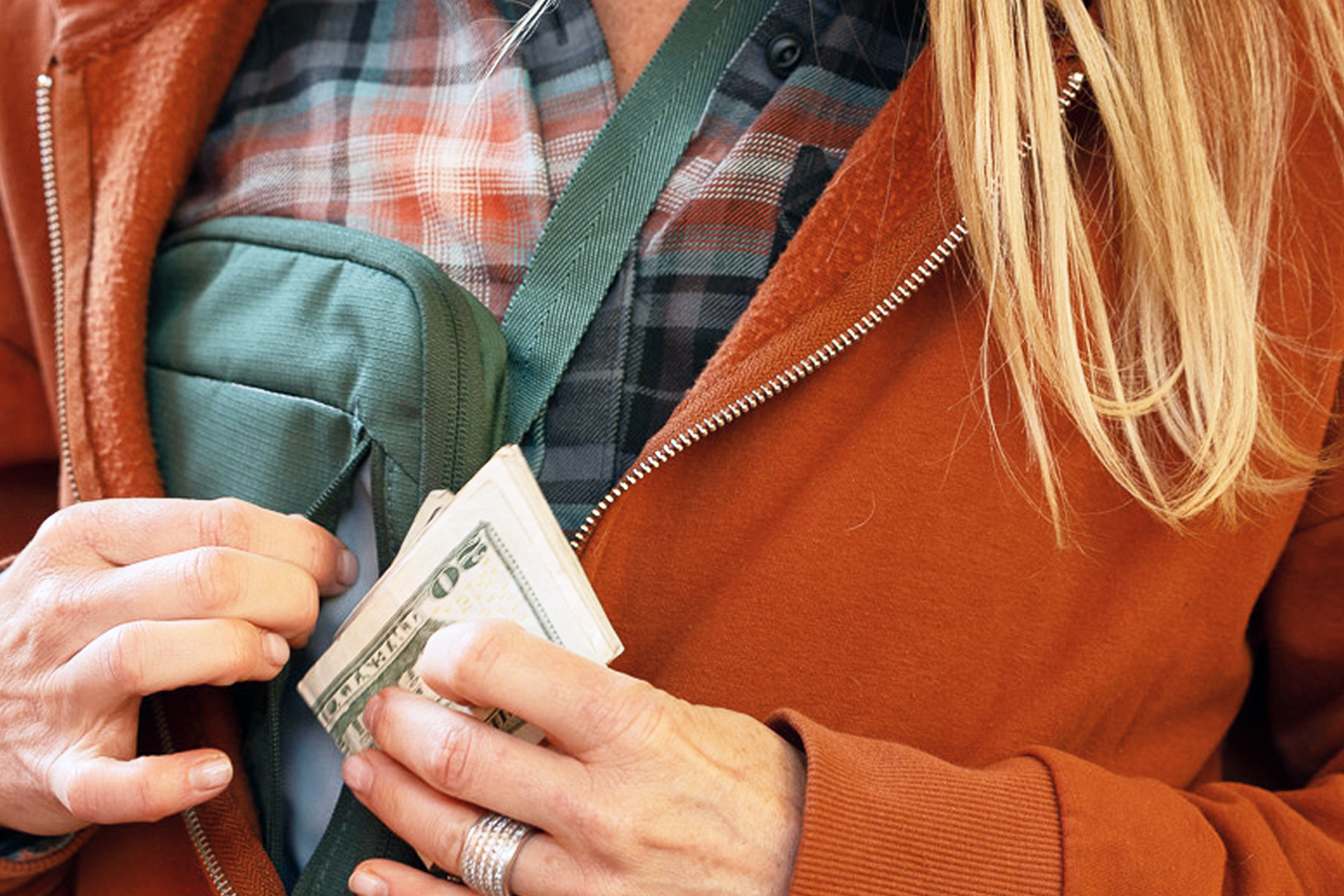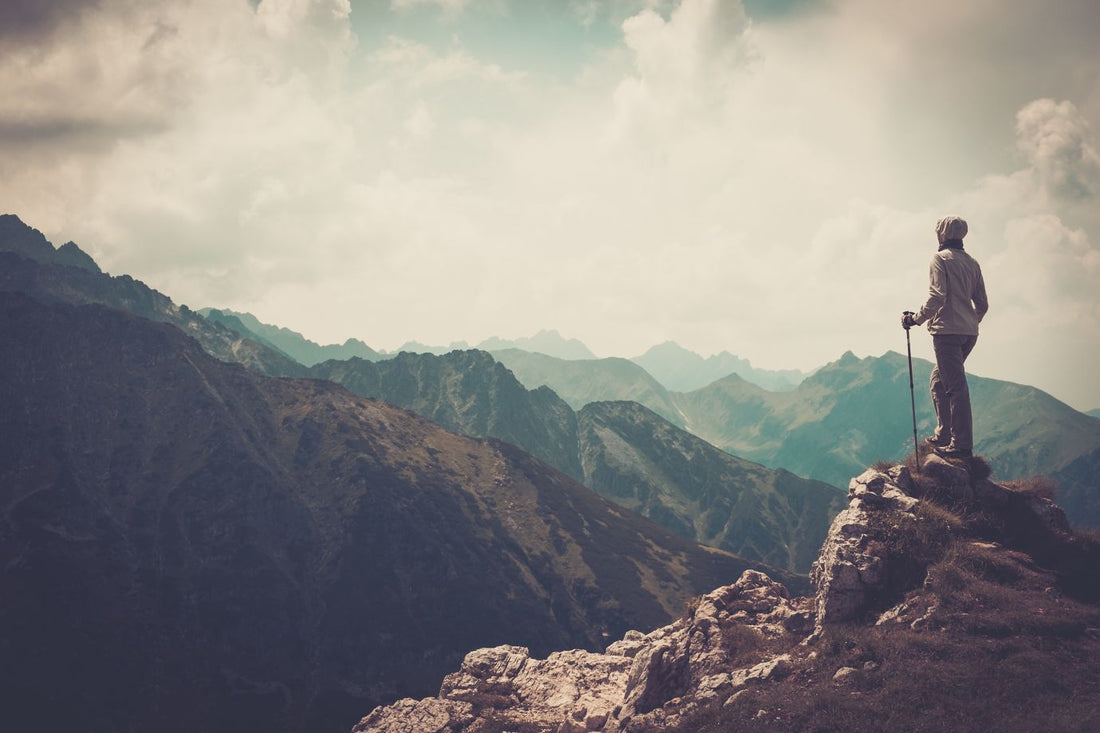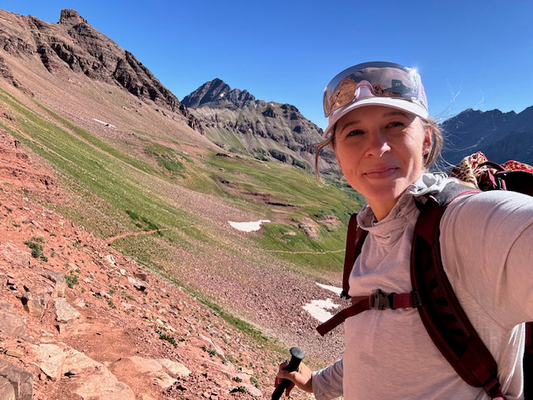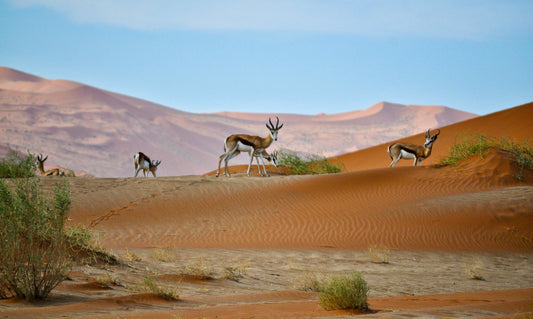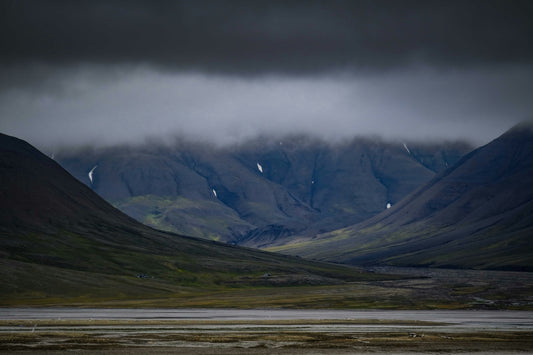
These six famous women disregarded rules from the 19th and early 20th century saying adventure travel was for men—and their explorations changed history.
There’s something extremely inspiring about female adventure travelers of days gone by. It’s hard enough today to travel solo as a woman, let alone 100 years ago! These six famous women used travel to overcome stereotypes and social mores—and in the process they changed not only their own lives, but the course of history and the world, with their daring explorations throughout the 19th and early 20th centuries. Let’s take a closer look at some of history’s most notable female adventurers.
Nelly Bly (1864-1922)
In 1890, Bly became the fastest person to circumnavigate the globe. Today planning an around the world trip is still a big deal, but it’s a lot easier than it was in the 19th and 20th centuries. Bly set out to beat the fictional Phileas Fogg of Jules Verne’s “Around the World in 80 Days”—one of the greatest adventure travel books—and she did it, pulling the job off in just 72 days. When she told her newspaper editor about her plans for the trip, he said that a man would have to do it, since a woman would require heavy trunks and piles of luggage. Bly proved him wrong, traveling with just a small bag and the clothes on her back—she was traveling light well before minimalist travel was a thing and we’re pretty sure she would have organized her tiny bags with packing cubes to maximize space. Bly was also a pioneer in the field of investigative reporting, and her travel stories brought about changes in areas of society that desperately needed attention, such as asylums, sweatshops, orphanages, and prisons.
Bessie Coleman (1892-1926)
Bessie Coleman was the first Black female pilot in the world. Born into a family of sharecroppers, Bessie’s resilient and adventurous spirt empowered her to change the game to become the first Black woman and first Native American (Cherokee) to hold a pilot’s license. In fact, she received her international license on June 15, 1921, two years before Amelia Earhart. At the time, African Americans, Native Americans, and women had no flight training opportunities in the US and so she traveled to France, by sea, to attend flight school. As an early American civil aviator, 10 years before the dawn of commercial travel, she became a stunt pilot and quickly became a media sensation. Her daredevil maneuvers – we’re talking figure eights, loops, and near-ground dips – were absolutely thrilling to watch. Referred to as “Queen Bess”, she committed herself to promoting aviation and combating racism, refusing to participate in aviation events that prohibited the attendance of African Americans.
Gertrude Bell (1868-1926)
An archaeologist, author, and linguist, Bell climbed to the top of her professions just like this female adventurer ascended to the top of mountains. She was a passionate learner, teaching herself Persian and Arabic during her travels through what was then Greater Syria, Mesopotamia, Asia Minor, and Arabia. She was also an avid and vocal supporter of Iraqi freedom, and is credited with drawing the boundaries of the modern state of Iraq in the 1920s. Evidence of Bell’s passion and dedication as an archaeologist—which is how she spent her final years in Iraq—lives on today through the highly acclaimed Baghdad Archaeological Museum (now called the National Museum of Iraq), which she established just before her death. Throughout the 20th century this inspiring female explorer charted new routes up mountains, defied societal norms for women, and was among the finest mountaineers of her time. Her passion and curiosity for the world make her a female adventurer worth remembering.
Louise Boyd (1887-1972)
Boyd is remembered for her extensive 20th century explorations of both Greenland and the Arctic, and her writings about those journeys. She became the first woman to fly over the North Pole in 1955. In Greenland, Boyd photographed, surveyed, and collected hundreds of botanical specimens, which were later catalogued by the American Geographical Society. Ever the adventurer, she also set out across the Polish countryside as a delegate to the International Geographical Congress in Warsaw. She traveled by car, boat, train, and on foot, and took hundreds of travel photos that were later published by the American Geographical Society in 1937. During World War II, Boyd worked on secret assignments for the U.S. Department of the Army and she was awarded a Department of Army Certificate of Appreciation for her service in 1949. We truly tip our hats to this inspiring female explorer for all she contributed to the world in the 20th century.
Annie Smith Peck (1850-1935)
Peck was a noted mountaineer and scholar who set several mountain climbing records in the 20th century. As an early feminist, she scandalized society by climbing in trousers rather than cumbersome skirts. As a suffragette, she planted a flag championing votes for women atop Mount Coropuna in Peru. As the first climber of the north peak of Peru’s Huascarán, it was later named Cumbre Aña Peck in her honor. Not only was she one of the first female initiates of the Royal Geographical Society, but she was a founder of the American Alpine Club. Peck was still climbing mountains in her early 80s, proving that nothing can keep a female adventurer down!
Junko Tabei (1939-2016)
A mountaineer, author and teacher, Junko Tabei was the first woman to summit Mount Everest (1975) and first woman to ascend the Seven Summits (1992), climbing the highest peak on every continent. Born in Miharu, Fukushima, Junko was introduced to hiking on a class climbing trip to Mount Nasu. Though she fell in love with it, the sport was too expensive to continue. And so, after studying English and American literature at University, she later returned to her childhood passion of climbing, joining the ranks of an otherwise male-dominated sport. In 1969, she founded the womens-only Joshi-Tohan because some men refused to climb with her, while others claimed she was only climbing to find a husband. The club’s slogan was “Let’s go on an overseas expedition by ourselves.”. In 1970, they embarked on their first expedition, reaching the summit of Annapurna III along a new route. It was the first female and first Japanese ascent of the Nepalese mountain. She also organized projects to clean up trash left behind on Everest, led annual climbs up Mount Fuji for youth affected by the Great East Japan Earthquake, and authored seven books.
Your turn, adventurers. Before you shoulder your own backpack and explore the world, share with us what explorers throughout history have inspired your travels today? How have your own travels helped you change and grow ?
Related Links (from Eagle Creek blog):
The Most Inspiring Travel Books of All Time
